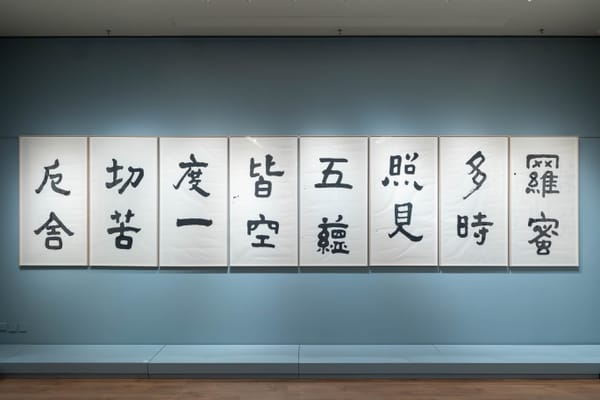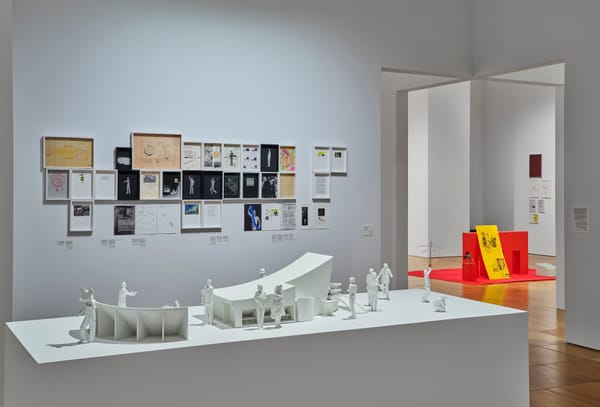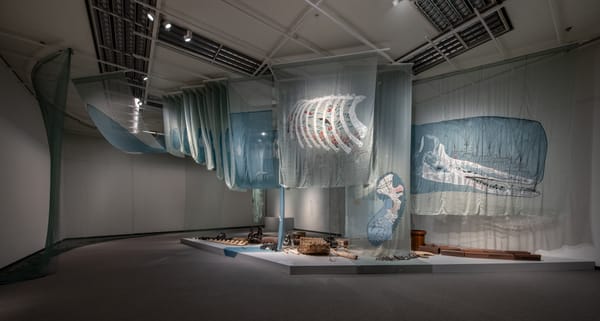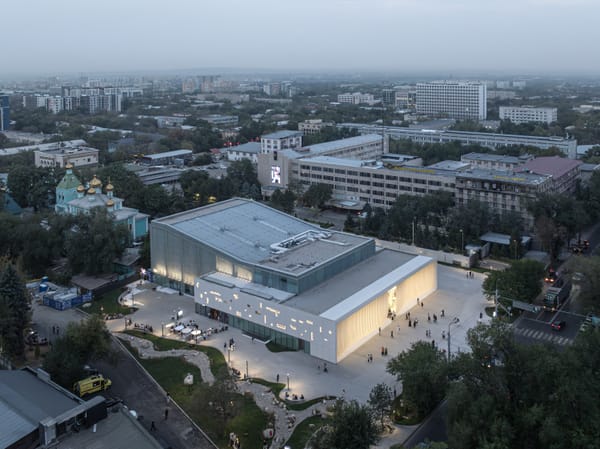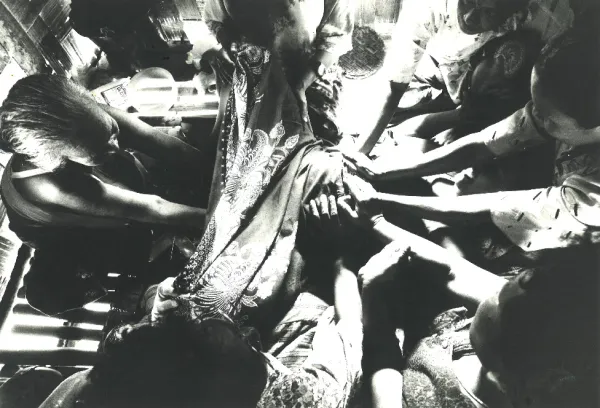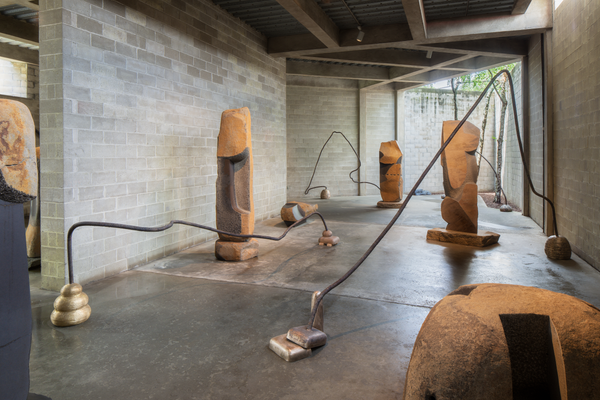Shows
“The Geopolitics of Infrastructure” at M HKA

The Geopolitics of Infrastructure: Contemporary Perspectives
M HKA
Antwerp
Jun 13–Sep 21, 2025
“The Geopolitics of Infrastructure” at M HKA, Antwerp, was an urgent exhibition for a world increasingly reshaped by infrastructural transformation, regional tensions, postcolonial legacies, and covert battles for data sovereignty. Curated by Nav Haq, whose research focuses on the history and politics of Eurasia, the exhibition shed light on how infrastructure serves as a crucial geopolitical element among nations, often playing a role in trade wars and military conflicts. Encompassing tangible structures and abstract networks of relationships, ranging from transport and manufacturing to communication networks and defence systems, infrastructure acts as a form of “extrastatecraft,” influencing both physical landscape and sociopolitical dynamics.
Antwerp, with its direct train links to Tangshan, served as the exhibition’s literal and conceptual base, binding two pivotal ports on the frontiers of Europe and Asia. The location itself became a theater of infrastructural dialogue and intersection, which reimagined the historical Silk Road as a living battleground rather than a nostalgic concept. Artists exposed the fractures beneath the so-called “frictionless” megaprojects, such as undersea cables and transnational railway networks, underscoring the multipolarity of the world and China’s growing presence.

Mirwan Andan and Iswanto Hartono, members of Jakarta-based collective ruangrupa, presented a multimedia installation titled ALHAMDULILLAH, OUR NAME IS GANEFO (2025) that revives GANEFO (the Games of the New Emerging Forces) initiated by Sukarno in 1963. Combining video interviews, anthems, and mural paintings reminiscent of “sports diplomacy,” the work questions global participatory rules for postcolonial nations. Similarly, Dutch artist Jonas Staal’s New World Summit series (2012–25) challenges the established political institutions by setting up alternative parliaments for stateless communities, such as those in Rojava and Kurdistan. The project functions as a symbolic anti-nation platform that critiques the performative dimensions of democracy in liberal states.
Turkish film and installation artist Köken Ergun’s collaborative projects illuminate the shadowy underbelly of infrastructure. His animated documentary China, Beijing, I Love You! (2023), created with Indonesian illustrator and animation artist Fetra Danu, comically depicts Chinese mining investments in Sulawesi, where nickel and cobalt dust travels along the Maritime Silk Road, choking local life. The film transforms developmentalism and extractivism into theatrical episodes, encapsulated by the tagline “Invest in Indonesia! Make sure that you don’t miss it!”

Another piece by Ergun, Nepali Power (2022), produced with Nepali artist Tashi Lama, uses the form of traditional thangka art to envision Nepal’s infrastructural future under China’s Belt and Road Initiative. One painting illustrates the Kathmandu-Kerung Railway, a planned trans-Himalayan railway project connecting Kathmandu in Nepal to Kerung in Tibet, while another portrays a vision of Nepal as an electric hub for South and Southeast Asia.
Georgian artist and filmmaker Telka Aslanishvili’s video work A State in a State (2022) examines the legacy of Soviet railways, reflecting on the enduring agency of transport networks amid geopolitical change. By investigating the Baku-Tbilisi-Kars railway—a segment of Turkey’s Middle Corridor plan linking Central Asia with Turkey—the work explores the potential for fostering a transnational infrastructural kinship among railway workers.

Similarly, artist collective Pejvak’s film Shokouk: A Cosmicomedy in Four Acts (2022) interweaves historical facts and archival fabrications, projecting cosmic aspirations onto Kazakhstan’s scarred landscapes where infrastructural ghosts linger. The piece begins with a crowd watching a mock televised rocket launch staged to resemble the Cosmodrome, a Russian space launch facility that closed following Russia’s invasion of Ukraine. It then evolves into different acts portraying both real and fictional players in the region. One particularly amusing scene features a karaoke duet between two 12th- and 13th-century astronomers, Omar Khayam and Nasirdin Al-Tusi, hosted by a fictional Chinese construction firm. The scene was filmed at a Chinese-owned sand mine bordering a Central Asian branch of China’s Belt and Road railway.
M HKA’s expansive project encompassed more than visual presentations. Featuring a research summit, an online news blog, and contributions to e-flux Architecture’s online publication New Silk Roads (2020–25), it amplified crucial discourse on infrastructure, environmental degradation, speculation, and sustainability. In this era of heightened superpower decoupling risks, “The Geopolitics of Infrastructure” deconstructed the layered roles of infrastructure, challenging us to reconsider the material and immaterial forces that govern our lives.
Di Liu is an art historian and critic based in Hong Kong and Cambridge.
